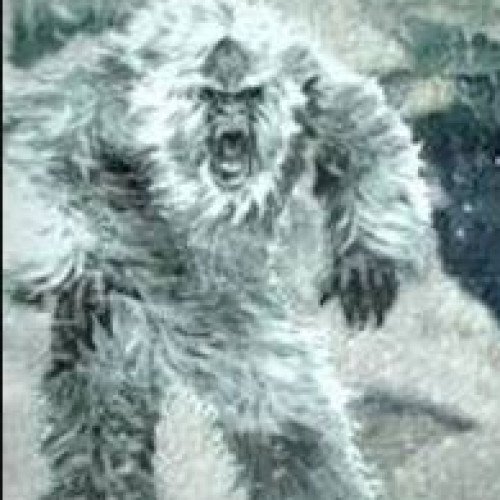Hudhud (mythology) VS Yeti

Hudhud (mythology)
Hudhud (English: Hoopoe, Arabic: الهدهد, Turkish: Ibibik, Persian: هدهد, Urdu: ہوپو / ہد ہد) was, according to the Quran, the messenger and envoy of the prophet Sulayman. It refers to the sagacious birds in Islamic mythology, also referred to in The Conference of the Birds, a Persian poem by Attar of Nishapur as the "king of birds". The bird appears twice in the 27th chapter of An-Naml. Hudhud, as described by the Quran played an important role between Sulayman and Queen of Sheba while carrying messages between the two.The word "birds" appears thirteen times in the central religious text of the Muslims, while the word "bird" appears five times, including the Hoopoe twice, which in Islamic belief is often recognized as a creature for communication activities.
Statistics for this Xoptio

Yeti
In Himalayan folklore, the Yeti (/ˈjɛti/) is a monstrous creature. The entity would later come to be referred to as the Abominable Snowman in western popular culture. The names Yeti and Meh-Teh are commonly used by the people indigenous to the region, and are part of their folk beliefs. Stories of the Yeti first emerged as a facet of Western popular culture in the 19th century. The scientific community has generally regarded the Yeti as the result of a complex of intricate folk beliefs rather than a large, ape-like creature.